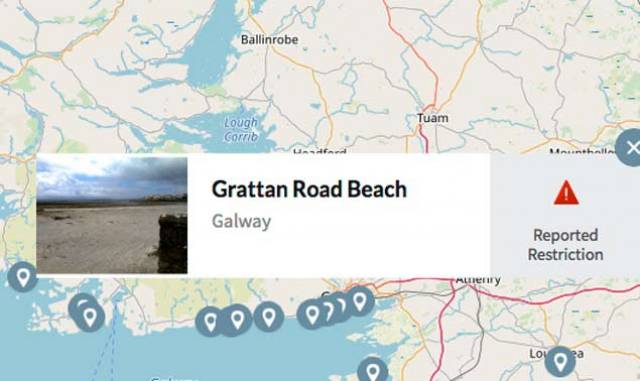Galway City Council is investigating whether a testing fault has resulted in high levels of bacteria being reported at several of its beaches.
As Afloat reported earlier today, a swimming ban has been imposed at Silver Strand, Salthill and Blackrock, and an advisory or precautionary notice placed at Grattan beach, after elevated levels of intestinal enterococci bacteria were detected.
The bacteria can cause illness, and bathers have been advised to stay out of the water until there is an “all clear” notice.
Two of the beaches - Salthill and Silverstrand - have “excellent” starring in the Environmental Protection Agency’s new bathing water quality report, while Grattan beach is listed as “sufficient”.
Salthill and Silverstrand, which are within a mile of Galway city, have also been Blue Flag beaches under An Taisce’s monitoring scheme since 2006.
The EPA has now listed a “current swim restriction due to pollution” notice for these beaches on its dedicated website, beach.ie
A Galway City Council spokesman said that no e.coli was detected in the routine testing, and inspection of the beaches found no obvious pollution source or discolouration of water.
“Either an event occurred further out the coast which washed into the inner bay, or the test itself may be faulty,” the spokesman said.
The spokesman that further testing is taking place, but it may be Friday evening or Saturday (June 1) before results are available.
Galway city’s Ballyloughane beach on its east side has reported an improved water quality, after several years of restrictions. It is listed as “sufficient” on the EPA bathing water quality list.
































































